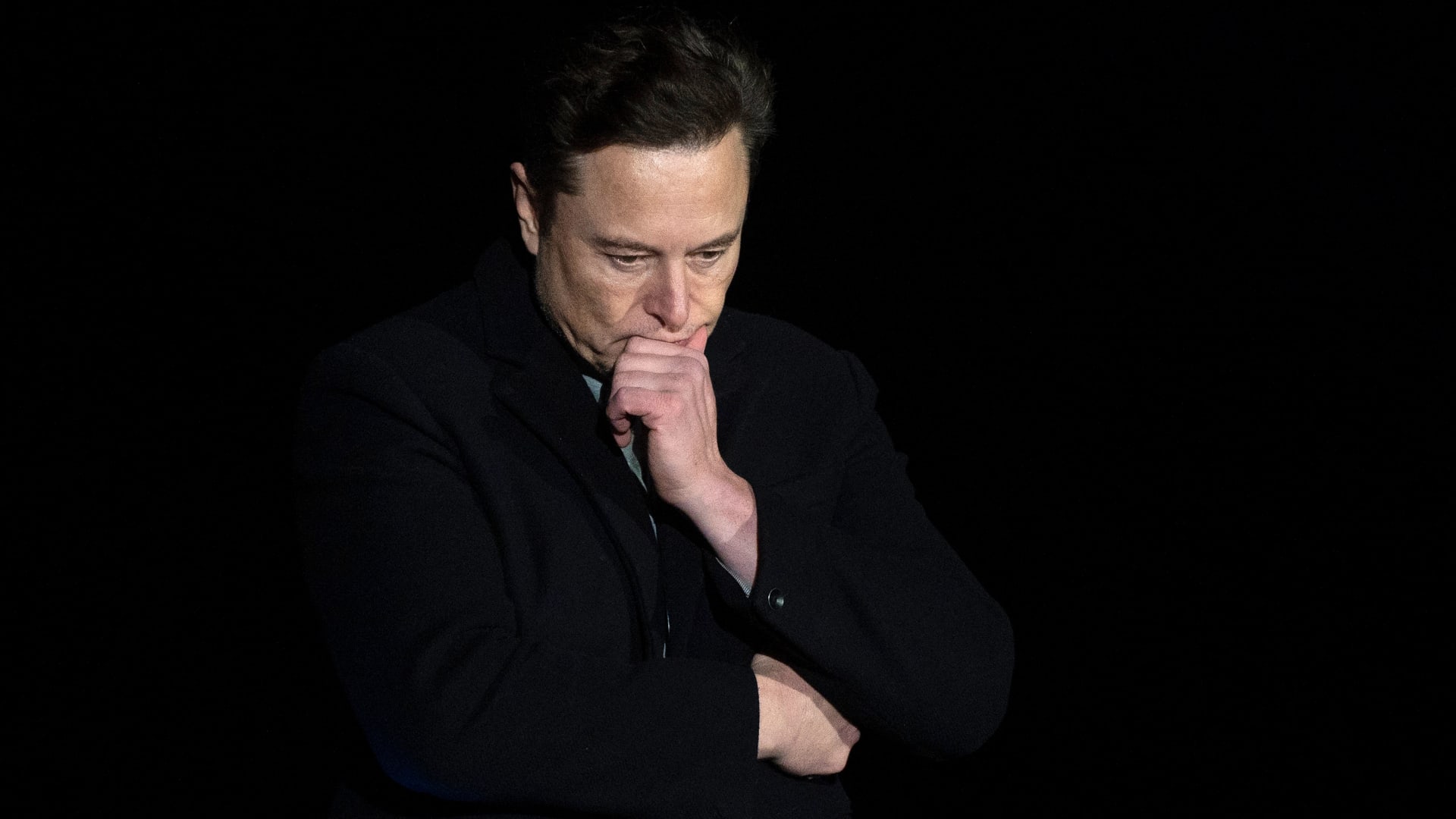
Elon Musk said he is giving “serious thought” to building a new social media platform in a Tweet on Saturday. He did not share any specifics on what the hypothetical social media platform would look like or how it would work.
The Tesla and SpaceX billionaire made the remark after claiming that Twitter doesn’t allow for free speech.
On Friday, Musk tweeted: “Given that Twitter serves as the de facto public town square, failing to adhere to free speech principles fundamentally undermines democracy. What should be done?” He followed up asking whether a new platform is needed.
In another Tweet Friday, Musk said “free speech is essential to a functioning democracy” and questioned if Twitter “rigorously adheres to this principle.”
Twitter, which claims it is committed to freedom of expression, did not immediately respond to a CNBC request for comment.
Regulator scrutiny
The Tesla CEO does not like the fact that his tweets are scrutinized by regulators.
Musk was subpoenaed by the U.S. Securities and Exchange Commission in November after he asked his Twitter followers if he should sell 10% of his Tesla stock — causing shares to fall.
In February, Musk accused the SEC of “harassment” and making a calculated effort to “chill” his right to free speech.
He has been trying to quash the subpoena, but the SEC said last week: “Musk’s motion to quash is procedurally defective and substantively meritless.”
The regulator told a judge that Musk’s tweets about Tesla will continue to be a reasonable subject for government investigation, even if the court throws out a 2018 agreement with the SEC that means Musk must gain pre-approval from other Tesla executives before he tweets about the company.
Following in Trump’s footsteps?
Musk wouldn’t be the first person to ditch the established social media platforms and set up their own.
Former U.S. President Donald Trump launched Truth Social in February as part of the Trump Media and Technology Group. Trump has been banned from Twitter since January 2021.
“There seems to be a trend for wealthy individuals with a polarizing presence on social media that gets them in trouble, to want to build their own platforms,” Matt Navarra, a social media consultant, told CNBC Monday. “One can only assume their logic is by building their own social network, they get to create the content moderation rules they often fall foul of on Twitter, Facebook.”
Elsewhere, platforms including Rumble, Parler and Gettr have also launched in an effort to tempt people away from Facebook, Instagram, Twitter and TikTok.
Parler was removed from Apple’s App Store after allegations that it was used to incite violence during the Jan. 6 riots. It was re-added in April after the company made some tweaks that enabled it to better detect and moderate hate speech.
Building a social network
Navarra said it’s not easy to build a buzzing social network. “There’s a reason why pretty much every alt-social network launched in recent years has failed to take off,” he said.
In order to build a sustainable and popular social network, Navarra said Musk would need huge financial capital and a team of experienced product managers and engineers. Most importantly, it also needs to have people on it that others want to engage with.
Most of the alternative social networks set themselves up to be the home of free speech, Navarra said, adding that this often means they’re home to users whose views are the most extreme or politicized.
The nature of these alternative platforms and the content that gets shared on them means they often struggle to attract the advertisers and investors they need to keep themselves afloat, he added.
Musk has in the past proclaimed that he and his companies are working on exciting products scheduled for years into the future — but often, the proposed innovations aren’t realized within the projected timeline.
For instance, at a Tesla “Autonomy Day” event in April 2019, Musk said the company would have 1 million autonomous “robotaxis” on the road in 2020. These robotaxis still don’t exist.




















